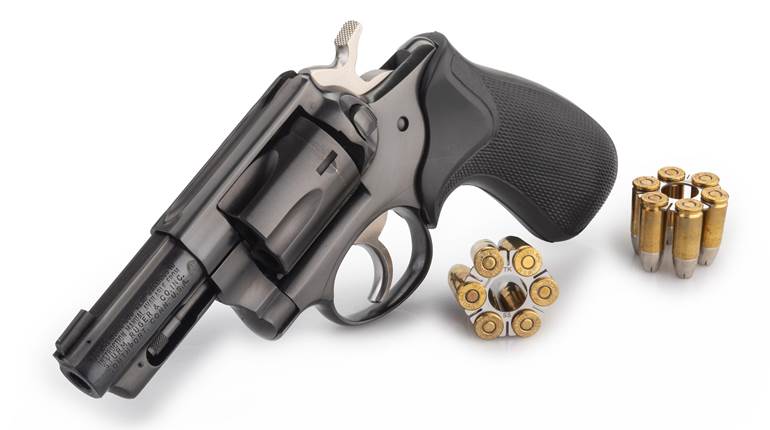
12/6/2012
Inside-the-waistband holsters are some of the most popular rigs for concealed carry and for good reason, as they are one of the best ways to conceal a defensive handgun. They can be concealed with just about any sort of covering garment, and they adequately minimize the gun's outline on the clothing. In addition, IWB holsters are manufactured by just about every holster maker in operation, giving consumers a wide selection from which to choose. However, there are three important factors to consider when selecting an IWB holster.
The first of these considerations is not really about the holster as much as it is about the pants in which the holster is carried. In order to comfortably carry a defensive handgun using an IWB holster, your pants need to be a bit larger in the waist. It is a good idea to buy pants that are one waist-size larger than what you would normally wear. And, if your choice of carry pistols is very thick, it might be wise to go to two sizes larger.
Clint Smith says that defensive handguns do not have to be comfortable, they have to be comforting. But the fact is, if the gun and rig are gouging the wearer's side it won't be long before he or she is tempted to leave it at home. It is important to make sure that the waist size is large enough to accommodate the handgun comfortably.
Second, IWB holsters are attached to the belt in a variety of ways. The least of which are those that have metal bands that snap down over the belt. It is not uncommon for these to come loose during a defensive pistol presentation. And, when they do, the holster will come out with the handgun. This could not only slow one's response but could really ruin a day.
The best IWB holsters have leather straps that go around the belt and snap back on the holster. These are just as concealable and far more secure. This type of IWB holster generally uses the one-way snaps that make the attachment even more secure. As with any defensive rig, a proper IWB holster will not impede the pistol presentation in any way.
Finally, it is important for the defensive shooter to be able to re-holster with one hand. In fact, a shooter shouldn't even have to look down while putting away a pistol. In order to accomplish this, the mouth of the holster has to stay open even when it is empty.
Manufacturers of leather IWB holsters usually solve this problem by stitching an extra layer of leather around the holster mouth or by inserting a thin strip of metal between the two layers of leather. This allows the holster mouth to stay open and facilitates re-holstering with one hand. Kydex IWB holsters will, of course, stay open without this added reinforcement.
IWB holsters make an excellent choice for the defensive shooter. You should get pants that allow the rig to fit comfortably, make sure that the holster attaches securely to the pants belt and be sure that the holster is designed so that the pistol can be re-holstered with one hand.
You should also remember that, like anything else, you get what you pay for. It is wise to give some extra thought to your personal needs before buying an IWB holster. And it is smart to buy the best quality holster available. After all, a good IWB holster will last indefinitely.



































